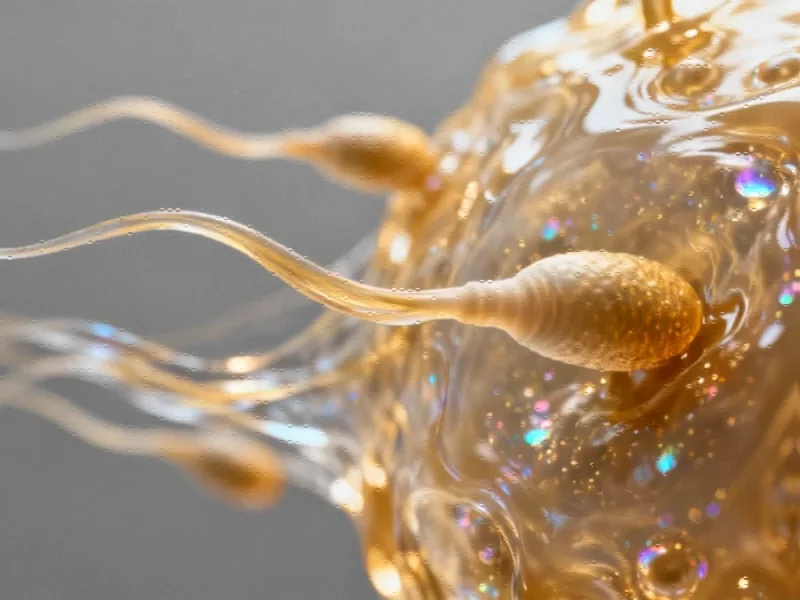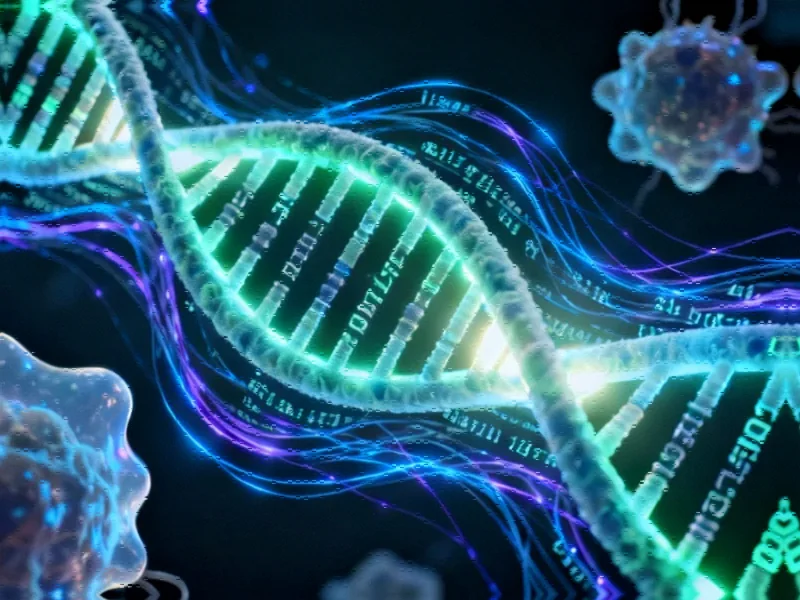Redefining Motion at the Cellular Level
In a groundbreaking discovery that challenges fundamental physical principles, researchers have revealed how microscopic biological swimmers like human sperm navigate through viscous environments while seemingly defying Newton’s third law of motion. This revelation not only transforms our understanding of cellular movement but opens new pathways for advanced microscopic robotics and biomedical engineering applications.
The Newtonian Exception in Cellular Mechanics
When Isaac Newton formulated his laws of motion in the 17th century, he established principles that governed macroscopic objects with remarkable precision. However, as scientists now understand, these laws don’t necessarily apply to microscopic entities moving through complex fluids. Newton’s third law—often summarized as “for every action, there is an equal and opposite reaction”—appears to have notable exceptions in the realm of microscopic biology.
Kenta Ishimoto, a mathematical scientist at Kyoto University, led a team that investigated this phenomenon several years ago, focusing specifically on how sperm and similar microscopic swimmers navigate through substances that should theoretically resist their movement. Their findings, published in PRX Life in October 2023, reveal a fascinating departure from classical physics that could influence future strategic technology developments across multiple industries.
The Mechanics of Non-Reciprocal Motion
Traditional physical systems demonstrate reciprocal interactions where forces balance symmetrically. However, nature contains numerous non-reciprocal systems where this symmetry breaks down. Flocking birds, particles in fluid, and swimming sperm all exhibit what scientists call “non-reciprocal interactions”—asymmetric relationships with their environment that create loopholes in Newton’s third law.
“These motile agents generate their own energy,” explains Dr. Ishimoto, “which gets added to the system with each movement of their flagella or tails. This continuous energy input thrusts the system far from equilibrium, creating conditions where traditional physical rules don’t fully apply.”
This understanding of non-equilibrium systems has implications for various emerging technologies that operate at microscopic scales, particularly those involving fluid dynamics and energy transfer.
Odd Elasticity: The Key to Efficient Microscopic Movement
The research team analyzed both human sperm and green algae (Chlamydomonas), organisms that swim using thin, flexible flagella that protrude from their cell bodies. These appendages change shape and deform to generate propulsion, but what makes their movement extraordinary is how they accomplish this in highly viscous fluids that should theoretically dissipate their energy.
Through detailed modeling and experimentation, the researchers identified that these flagella possess what they term “odd elasticity”—a property that allows the flexible appendages to move without losing significant energy to the surrounding fluid. This discovery helps explain how microscopic swimmers can navigate environments that would typically immobilize objects of similar scale.
The implications of this research extend to numerous manufacturing and design processes where microscopic movement and energy efficiency are critical factors.
Mathematical Breakthrough: The Odd Elastic Modulus
While odd elasticity provided part of the explanation, it didn’t fully account for the propulsion generated by the flagella’s wave-like motion. To address this gap, the research team derived a new mathematical term—the odd elastic modulus—to describe the internal mechanics of flagella more accurately.
“From solvable simple models to biological flagellar waveforms for Chlamydomonas and sperm cells,” the researchers wrote, “we studied the odd-bending modulus to decipher the nonlocal, nonreciprocal inner interactions within the material.”
This mathematical framework not only explains the anomalous movement of biological swimmers but could influence future scientific and industrial applications where precise control at microscopic scales is essential.
Industrial and Technological Applications
The findings from this research have significant implications for multiple industries. The understanding of non-reciprocal motion and odd elasticity could revolutionize the design of small, self-assembling robots that mimic living materials. These microscopic machines could perform tasks in environments where traditional robotics fail, particularly in viscous fluids or confined spaces.
Additionally, the modeling methods developed through this research could help engineers better understand collective behavior principles, potentially leading to breakthroughs in automation systems and swarm robotics. The ability to design systems that operate efficiently at microscopic scales while conserving energy represents a significant advancement for multiple technological sectors.
Future Directions and Industrial Impact
As research in this field continues to evolve, several areas show particular promise for industrial applications:
- Medical robotics: Development of microscopic devices that can navigate through bodily fluids with unprecedented efficiency
- Materials science: Creation of synthetic materials with odd elastic properties for specialized applications
- Energy systems: Improved efficiency in microscopic mechanical systems through better understanding of non-reciprocal interactions
- Automation technology: Enhanced design principles for microscopic actuators and sensors
The breakthrough demonstrates how fundamental research into biological systems can yield insights with far-reaching implications for technology and industry. As scientists continue to unravel the mysteries of microscopic movement, we can expect to see these principles applied to increasingly sophisticated systems that challenge our traditional understanding of physics and engineering.
This article aggregates information from publicly available sources. All trademarks and copyrights belong to their respective owners.
Note: Featured image is for illustrative purposes only and does not represent any specific product, service, or entity mentioned in this article.


